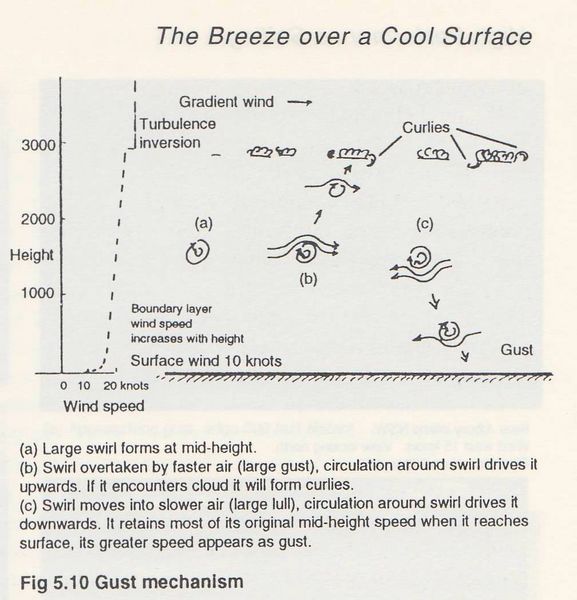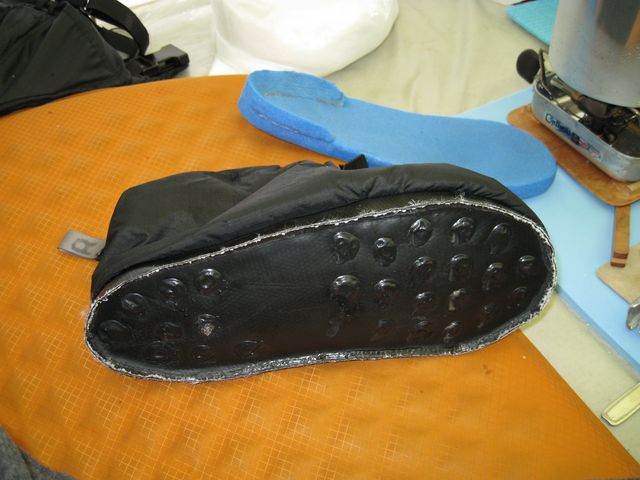Feb 6-7, 2008, Tronsen area, Hwy 97
2/6/08
2411
1
You know the weather is questionable when you not only have Plan A, Plan B, but also Plan C. This week, Plan A was the Cle Elum valley, Plan B was the Swauk Pass area, and the fallback Plan C should both passes be closed was up the Mountain Loop Highway to near the Big Four picnic area. No, camping next to the ice caves was not in the plan. :)
As of Wednesday morning there was too much snow for the Cle Elum valley, so that left 4 choices over Swauk Pass. Jane and I decided on Tronsen so that we could meet up with John M. This is can be a windy area to begin with, and we knew it would be extra windy, so we camped at a spot that we had previously tested in tough conditions, plus it has a very nice view. That's a hard combination to find. Besides the general choice of campsite, the precise location of the tents makes a huge difference. I've made the mistake of thinking that the nice flat hard spot I find would save a lot of work setting up. You have to ask yourself 'why is it hard?' As in 'why did all the snow blow away?' :) Beyond that it's important to read the signs on the snow carefully. Our usual spot, tight against a thick line of trees on the ridge of a modest upslope was nicely drifted, and worked great. The wind is directed up the windward slope, over the tops of the trees, to descend maybe 50 to 100 ft to leeward. Even so, it was nice to have our tents end up maybe 2 feet below the original snow surface after we packed out.
It definitely was windy during the night, with a continual roar from the ~6000 ft ridge top, and occasional gusts coming our way that sounded like freight trains aimed right at us. That analogy is not the exaggeration it sounds. I got to thinking again about how gusts are formed, at least the ones we were experiencing. If you are not familiar with this, here's a condensed description taken from Frank Bethwaite's groundbreaking book "High Performance Sailing" published by International Marine, 1993. If you have any interest in the fine structure of the wind, this book is a must.
See the first image. To understand it, remember that pressure is inversely proportional to the speed of the wind; if the pressure is lower on one side of a parcel of air, it will be displaced towards that low pressure. The circulation mentioned in the figure works by the same mechanism that the circulation around an airplane wing does. As to the freight train analogy, Bethwaite mentions that observation has shown that in a 10 to 15 knot wind, gusts have a typical cross wind dimension of say 200 to 300 meters. His estimate of the mass of such a gust is 10,000 to 30,000 tonnes. (1 tonne is about 1.1 US tons.) That's a lot of mass. Once it starts on a new direction, it's not going to be easily deflected.
I hope the TAY Dept. of Atmospheric Sciences will correct any errors in the above description.
The second pic, compliments of Jane, is of me shoveling out my tent in the morning. Did it blow 80 mph on the ridge top during the night as it did at some NWAC telemetry sites? Don't know, but it could have. Blizzard warnings were appropriate. Instead of a pic, just stare at some of the white space on this page. Same effect. :)
The third pic is the Quirky Gear of the Week for this week. It shows one of my custom (read homemade) camp booties. Most commercial camp booties weigh as much as 12 ounces or more. The soles are not completely waterproof, they can be slippery on snow, and the soles hold snow and dirt. Mine weigh 5 ounces a pair including the removable blue foam footbeds, and have a waterproof sole that does not hold snow or dirt. The uppers are silicone coated ripstop, with 3M Lite Loft insulation and a light ripstop liner. The soles are made from 14 oz vinyl coated polyester with dabs of Shoe Goo for traction. They are warm even in temps below 10 degrees. Below that I use toe warmers. You can use boot liners as camp boots, but I like the comfort of these booties, (it's all about comfort) and I like to allow the maximum drying time for the liners. Damp liners make my feet go cold and numb very quickly. It's all that French guy Reynaud's fault.
Larry
As of Wednesday morning there was too much snow for the Cle Elum valley, so that left 4 choices over Swauk Pass. Jane and I decided on Tronsen so that we could meet up with John M. This is can be a windy area to begin with, and we knew it would be extra windy, so we camped at a spot that we had previously tested in tough conditions, plus it has a very nice view. That's a hard combination to find. Besides the general choice of campsite, the precise location of the tents makes a huge difference. I've made the mistake of thinking that the nice flat hard spot I find would save a lot of work setting up. You have to ask yourself 'why is it hard?' As in 'why did all the snow blow away?' :) Beyond that it's important to read the signs on the snow carefully. Our usual spot, tight against a thick line of trees on the ridge of a modest upslope was nicely drifted, and worked great. The wind is directed up the windward slope, over the tops of the trees, to descend maybe 50 to 100 ft to leeward. Even so, it was nice to have our tents end up maybe 2 feet below the original snow surface after we packed out.
It definitely was windy during the night, with a continual roar from the ~6000 ft ridge top, and occasional gusts coming our way that sounded like freight trains aimed right at us. That analogy is not the exaggeration it sounds. I got to thinking again about how gusts are formed, at least the ones we were experiencing. If you are not familiar with this, here's a condensed description taken from Frank Bethwaite's groundbreaking book "High Performance Sailing" published by International Marine, 1993. If you have any interest in the fine structure of the wind, this book is a must.
See the first image. To understand it, remember that pressure is inversely proportional to the speed of the wind; if the pressure is lower on one side of a parcel of air, it will be displaced towards that low pressure. The circulation mentioned in the figure works by the same mechanism that the circulation around an airplane wing does. As to the freight train analogy, Bethwaite mentions that observation has shown that in a 10 to 15 knot wind, gusts have a typical cross wind dimension of say 200 to 300 meters. His estimate of the mass of such a gust is 10,000 to 30,000 tonnes. (1 tonne is about 1.1 US tons.) That's a lot of mass. Once it starts on a new direction, it's not going to be easily deflected.
I hope the TAY Dept. of Atmospheric Sciences will correct any errors in the above description.
The second pic, compliments of Jane, is of me shoveling out my tent in the morning. Did it blow 80 mph on the ridge top during the night as it did at some NWAC telemetry sites? Don't know, but it could have. Blizzard warnings were appropriate. Instead of a pic, just stare at some of the white space on this page. Same effect. :)
The third pic is the Quirky Gear of the Week for this week. It shows one of my custom (read homemade) camp booties. Most commercial camp booties weigh as much as 12 ounces or more. The soles are not completely waterproof, they can be slippery on snow, and the soles hold snow and dirt. Mine weigh 5 ounces a pair including the removable blue foam footbeds, and have a waterproof sole that does not hold snow or dirt. The uppers are silicone coated ripstop, with 3M Lite Loft insulation and a light ripstop liner. The soles are made from 14 oz vinyl coated polyester with dabs of Shoe Goo for traction. They are warm even in temps below 10 degrees. Below that I use toe warmers. You can use boot liners as camp boots, but I like the comfort of these booties, (it's all about comfort) and I like to allow the maximum drying time for the liners. Damp liners make my feet go cold and numb very quickly. It's all that French guy Reynaud's fault.
Larry



Nice TR Larry. Great booties, too -- slipping around like a baby deer on a frozen lake, that's me and my booties.
Reply to this TR
Please login first:
